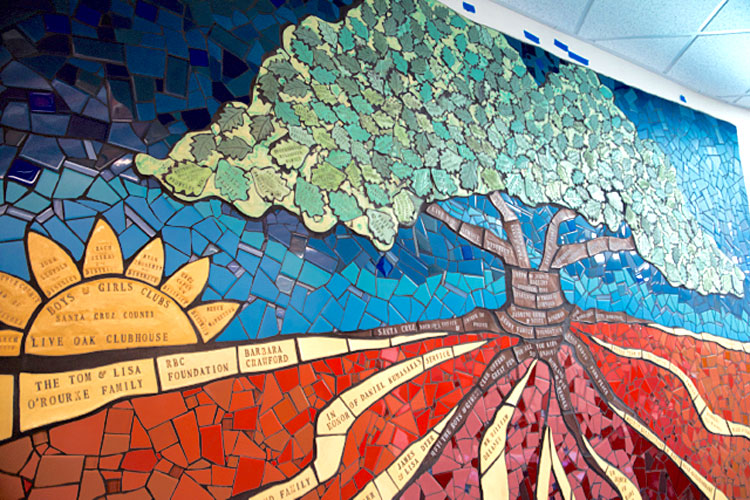As the superintendent of the Live Oak School District, I have been fortunate to work alongside staff, parents, and community partners who are dedicated, willing collaborators who keep children at the center of the decision-making process. Without a doubt, the change initiatives we have instituted are the result of the untiring efforts of the entire staff.
I take pride in knowing that we were the only winner of California’s 2018 Exemplary District Award in Santa Cruz County; and I think it is appropriate to review some of the work we have done together in this column that likely led to this award.

We envisioned schools with strong parent engagement (Goal 1). Now five years later, we have Parent Learning Nights at all of our comprehensive schools. We are teaching all students the key tenets of growth mindset and exposing parents to this mindset in student-led parent conferences at both elementary and middle school.
We have expanded parent engagement through the highly successful community collaborative initiative Cradle to Career (C2C) at Live Oak Elementary School. Moving forward, this C2C project provides the District new learning on how best to strengthen the home-school connection through a network of supports and services all provided while keeping parent leadership at the center of the work.
We have a District TK-8th grade scope and sequence for technology skill development that was developed WITH teachers FOR teachers. Google training occurs regularly and many teachers are incorporating what they are learning into their classrooms. Finally, in order to infuse technology into all classrooms, we have expanded the number of Chromebooks in each school, culminating with all students provided with their own Chromebook when they arrive at Shoreline Middle School.
We now have a physical education specialist, not just at our middle school, but also at our elementary sites to ensure that our students enjoy their P.E. time. Also in relation to students’ physical health we have improved the quality of the food served in our schools before, during, and after school. And finally, because we value evidence- based planning, we now measure our Goal 3 efforts through the Healthy Kids survey and use the results from this assessment to continue to refine our efforts to ensure our students’ well-being.
Realizing that students who are behind academically need more time in school, we extended learning opportunities through after school and our summer school programs and increased student access time to teachers in middle school. Knowing that learning is social, we increased student engagement by setting a goal that 50% of class time would be dedicated to students discussing the content they are learning. Our recent Instructional Rounds visitations to schools provided proof of how successful teachers have been meeting this goal of increased student academic talk.
Finally, realizing that students need many opportunities to improve their written communication skills, we adopted focused writing programs at all schools and we measure students’ writing progress through teacher-calibrated writing assessments. The results from these writing assessments, as well as our observations of student accountable talk have given us ample evidence that students are indeed making strong progress articulating their thoughts orally and in writing.
After it’s all said and done, it is clear to me that within the walls of a quality school, students read and write; they ponder and reflect; and they solve problems. They dance, sing, and play musical instruments. They challenge themselves athletically and they learn the thrill of victory and the sting of defeat. They come to know who they are alone and who they are within a group. They learn about their country’s hopes and dreams and about its successes and failures. They learn about the seen and unseen aspects of the natural world.
Ultimately when it is done right, students leave us appreciating the wonder and complexity of the world and feeling empathy and understanding for humanity. I can’t imagine more important work and I thank the Live Oak community for allowing me the opportunity to work alongside you creating quality schools for the children of Live Oak.